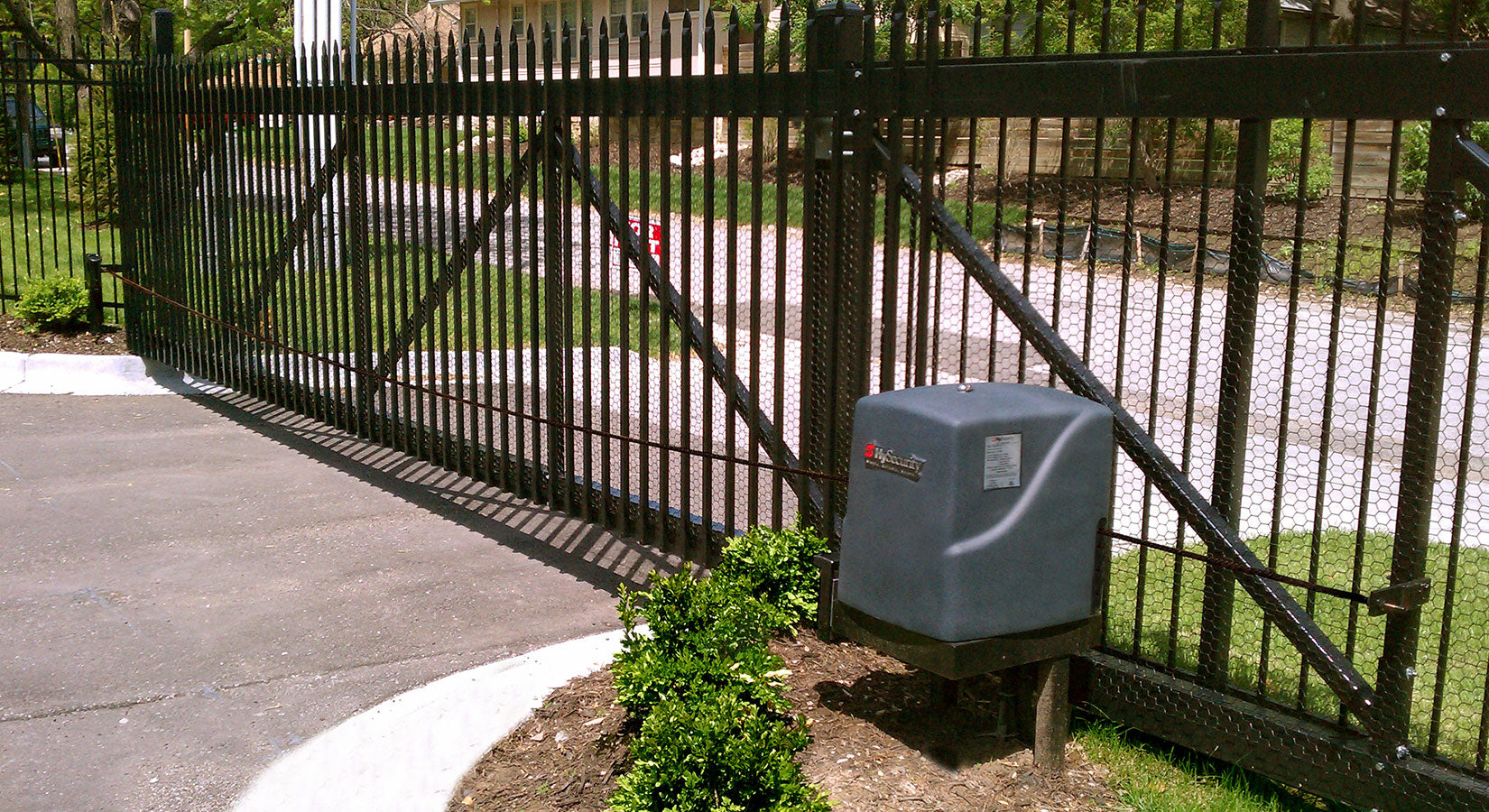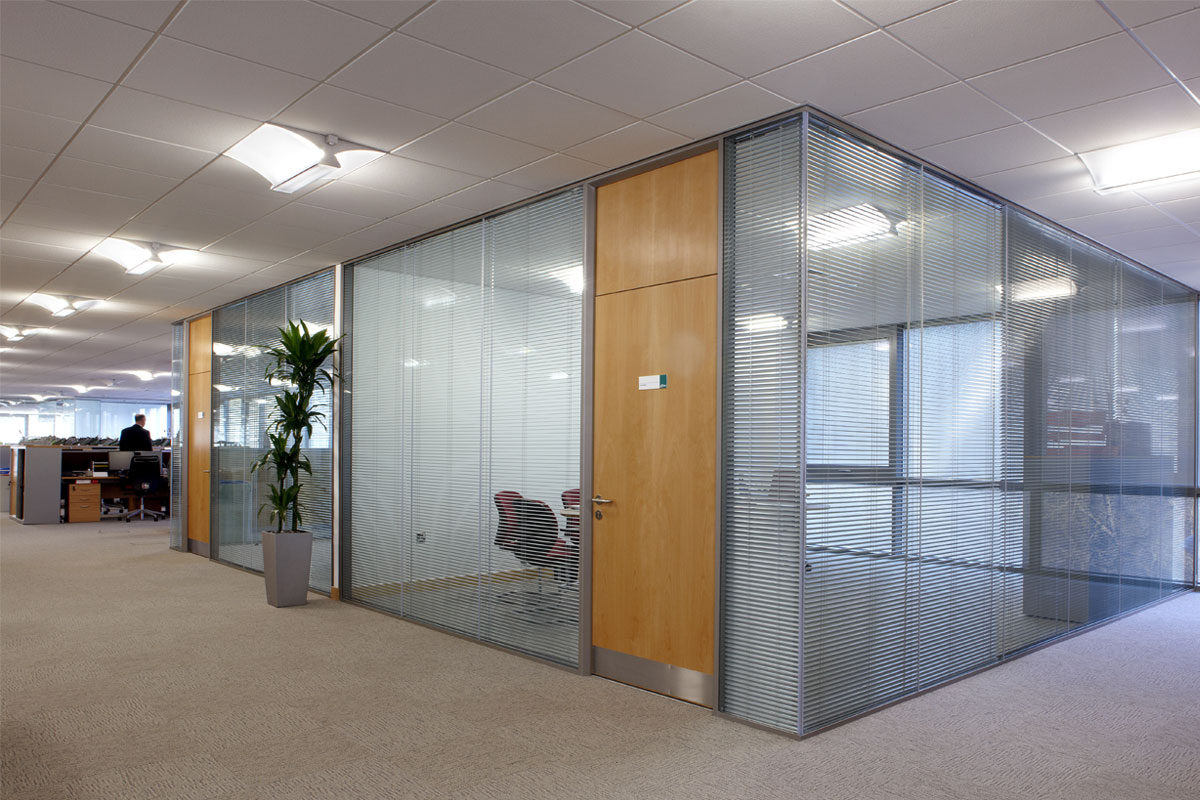
Female worker of cleaning service removes mold from wall using spray bottle with mold remediation chemicals, mold removal products and scraper tool.
Mold in your home can be a serious problem, but understanding how mold restoration experts handle various types of mold can help you navigate the situation effectively. From the notorious black mold to the less harmful mildew, each type requires specific approaches to ensure a thorough and safe restoration. In this article, we’ll explore how professionals manage different types of mold, focusing on the services available in Chesterfield.
Introduction
Mold is more than just an unsightly nuisance. It can pose significant health risks and cause extensive damage to your property. While some types of mold are relatively benign, others, like black mold, can be particularly hazardous. Mold restoration experts are trained to handle various mold types, each requiring a different approach. Understanding these methods can help you make informed decisions if you ever face a mold problem in your home.
1. Understanding Different Types of Mold
Before diving into restoration methods, it’s crucial to recognize the different types of mold that experts might encounter. Here’s a brief overview:
- Black Mold (Stachybotrys chartarum): Often feared for its potential health risks, black mold appears as dark green or black patches and thrives in damp, poorly ventilated areas. It can cause respiratory issues, allergies, and other health problems.
- Mildew: This is a term often used to describe mold that appears on surfaces like bathroom tiles or shower curtains. It’s usually gray or white and thrives in high-humidity environments. While mildew is less harmful than black mold, it can still cause minor health issues and damage to surfaces.
- Aspergillus: This mold can appear in various colors and often grows on food or building materials. It can be problematic for people with weakened immune systems.
- Penicillium: This mold is commonly found in water-damaged buildings and can spread quickly. It is blue or green and can cause allergic reactions and respiratory issues.
2. Assessment and Inspection
The first step in handling mold issues is a thorough assessment and inspection. Mold restoration experts in Chesterfield typically follow these steps:
- Visual Inspection: Experts will visually inspect areas where mold growth is suspected. They look for signs of mold on walls, ceilings, floors, and other surfaces.
- Moisture Detection: Since mold thrives in moisture, detecting high humidity or water damage is crucial. Experts use specialized equipment to measure moisture levels in materials and the air.
- Sampling: If needed, professionals will take samples of mold or surrounding materials for laboratory analysis. This helps identify the type of mold and plan the appropriate remediation strategy.
3. Containment and Safety Measures
Once the mold type is identified, the next step is containment. Proper containment is essential to prevent the spread of mold spores during the restoration process. Here’s how experts handle this:
- Setting Up Containment Areas: Restoration experts use barriers and plastic sheeting to isolate the affected areas from the rest of the home. This prevents mold spores from contaminating other parts of the property.
- Negative Air Pressure: Professionals often use air filtration systems to create negative pressure in the containment area. This helps ensure that air flows into the containment area but not out, reducing the risk of mold spreading.
- Personal Protective Equipment (PPE): Experts wear PPE, including masks, gloves, and protective suits, to safeguard themselves from mold exposure.
4. Mold Removal and Cleaning
The method of removing and cleaning mold varies depending on the type and extent of the infestation:
- Black Mold: Removing black mold requires a careful approach. Experts will use specialized cleaning agents and techniques to remove the mold from surfaces. They may need to dispose of and replace materials that are heavily contaminated, such as drywall or insulation.
- Mildew: Mildew is typically cleaned using antifungal solutions and scrubbing. For less severe cases, regular cleaning and proper ventilation can prevent mildew from returning.
- Aspergillus and Penicillium: These molds are addressed similarly to black mold. Experts use HEPA vacuums and antifungal treatments to clean affected surfaces and materials. For extensive infestations, removal and replacement of contaminated materials might be necessary.
5. Drying and Dehumidification
After the mold is removed, drying and dehumidification are crucial to prevent future mold growth:
- Drying: Experts use industrial fans and dehumidifiers to thoroughly dry out the affected areas. This helps to remove any remaining moisture that could support mold regrowth.
- Dehumidification: Maintaining low humidity levels is key to preventing mold from returning. Professionals use dehumidifiers to control the humidity in the affected areas.
6. Prevention and Maintenance
Once the immediate mold problem is addressed, preventing future issues is essential:
- Repairing Leaks: Any sources of moisture, such as leaks in roofs, pipes, or walls, should be repaired to prevent mold from returning.
- Improving Ventilation: Proper ventilation in areas like bathrooms, kitchens, and basements helps reduce humidity levels and prevent mold growth.
- Regular Inspections: Scheduling regular inspections and maintenance can help catch and address potential mold problems before they become significant issues.
Conclusion
Mold restoration experts in Chesterfield are equipped to handle various types of mold, from the dangerous black mold to the less severe mildew. Understanding the steps they take—from assessment and containment to removal and prevention—can help you manage mold issues more effectively. If you’re dealing with a mold problem or want to prevent future issues, consider reaching out to a professional for guidance.





